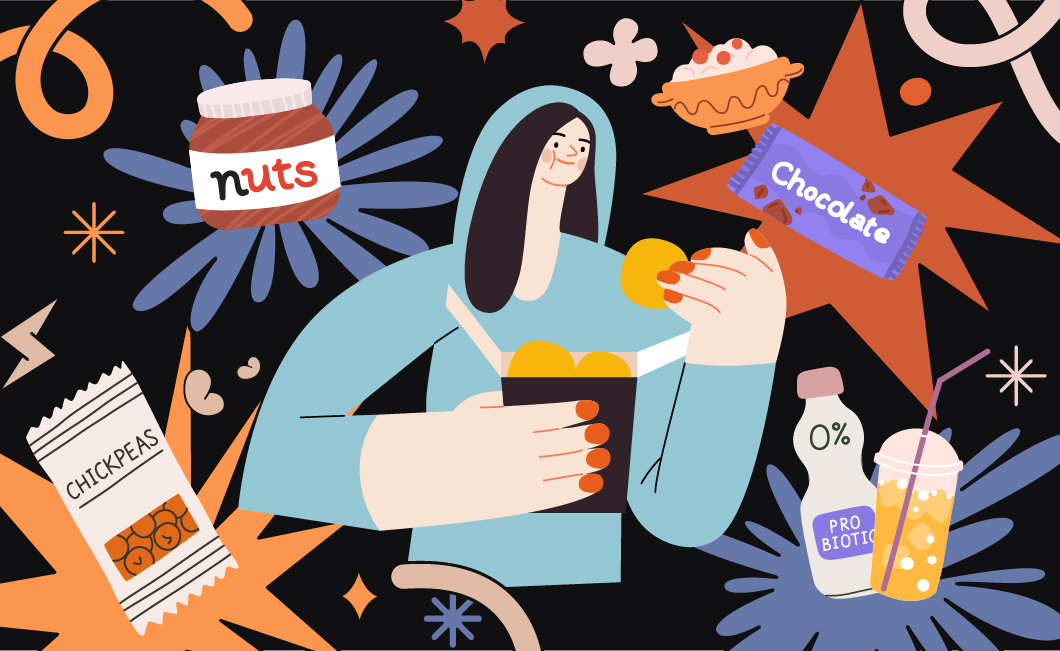I’m old enough to remember breakfast, lunch, and dinner. But as anyone with teenagers, like me, or anyone frequenting QSR and fast casual restaurants or strolling through specialty stores and supermarkets can attest, younger consumers are eating meals, drinking and snacking in very different ways, and in lies a very big opportunity for restaurant and CPG brands.
As the Wall Street Journal reported, beverage-led chains often deliver higher profit margins and with a drinks category that has never been more varied, brands of all sizes are looking to grab a piece of this growing pie (or cup). When McDonald’s, the biggest QSR brand in the world, starts testing a drinks-centric brand, you take note. With its new CosMc’s concept, they are offering more than just the standard McDonald’s fare. CosMc’s is pouring a wide range of beverages that include ingredients such as Blueberry Ginger Syrup and Berry Hibiscus Kombucha Powder.
These more eclectic ingredients and wider range of beverage choices speak to the rapidly increasing interest in new and different beverage choices. As Morning Consult notes, 62% of Gen Z consumers tried a new beverage in the last month. A category that was once centered around convenience stores and coffee shops, now boasts brands with hundreds of units meeting increasing demand and expectation for more flavors and textures. Walk down any city street or suburban strip mall and you will see tea and boba shops like Kung Fu Tea and Gong Cha along with premium specialty juice and acai brands such as Clean Juice and OAKBERRY providing experiences that weren’t omnipresent ten years ago. Play that forward and imagine what the industry might look like not too far down the road.
Another thing that has changed is pricing. Historically, brands selling you a menu item were hesitant to break the “Point Ninety-Nine” threshold. Meaning, once a product went from $1.99 to say $2.19, you lost a percentage of the audience. And while value is still important to consumers, with the National Restaurant Association recently stating 50% of customers still hold value as a key decision maker, it’s not uncommon now for guests to now shell out $8-$10 and sometimes upwards of $15-$20 for specialty drinks, without thinking twice. Much like playing poker with chips or digital methods of payment, technology has made the higher price point less of a pain point for some operators.
What is obvious in these consumer shifts is that drinks are no longer the “plus one” or the sidekick, they are the occasion and at all times of the day. With the steady rise of drink culture, the fast-tracked evolution of snacking is also upon us. As noted in this Baking Business article, sales on salty snacks grew 15.6% in 2022 and is expected to be a $38 billion dollar market by 2028.
While much of the snacking growth remains with the classics, the category knows no limits. I recently joked with my teenager stating, “I don’t remember asking my parents for seaweed when I was a kid,” but that’s the exciting reality of snacking today. As you peruse the snack aisle, you will see chickpea puffs and seaweed snacks next to chips and pretzels. QSR restaurants are also investing in snacking, as brands like Subway unveil a menu that reaches guests beyond the classic dayparts.
At RF|Binder, our DNA is rooted firmly in working with beverage and snacking brands of all shapes and sizes. If you are looking to amplify your brand’s message and looking for creative ways to tell your story, we’d love to chat. Drop us a line.

